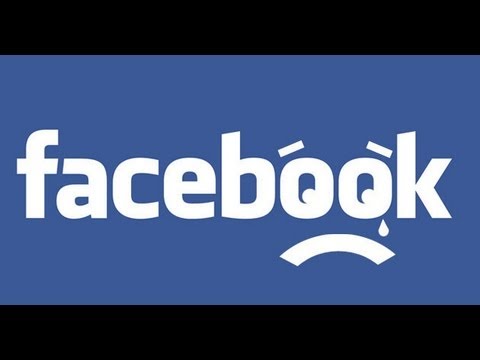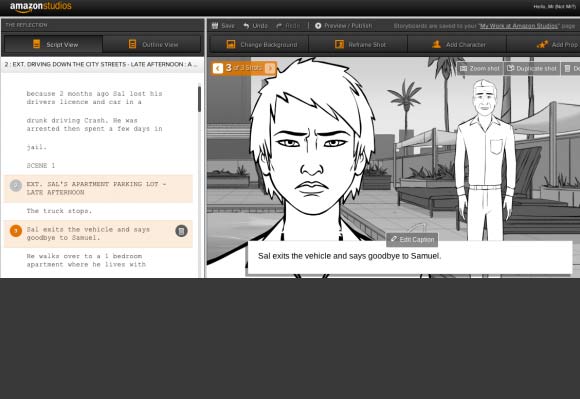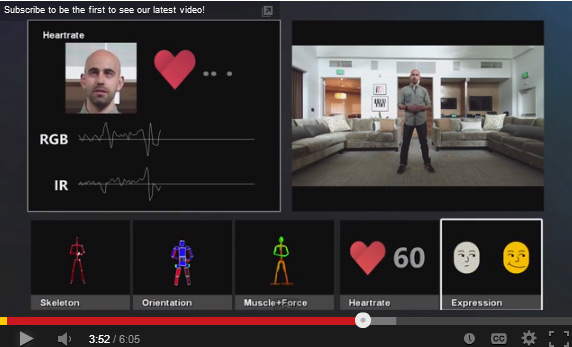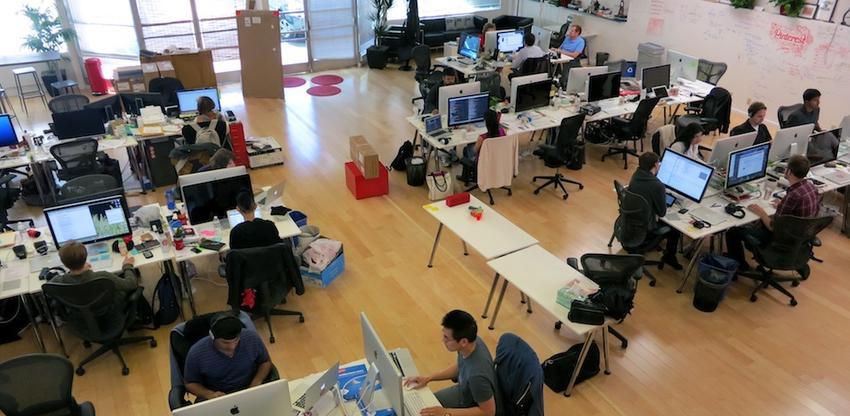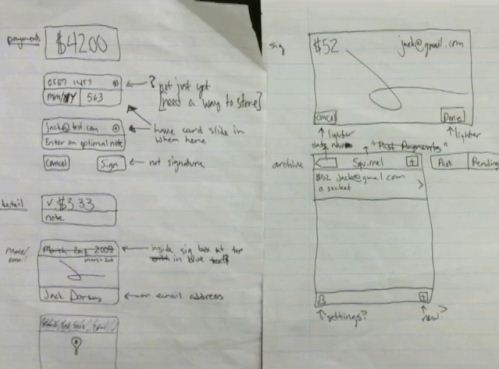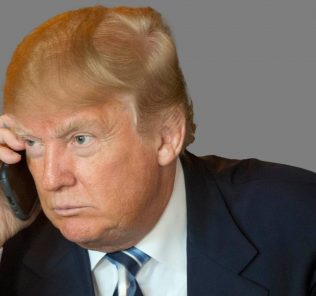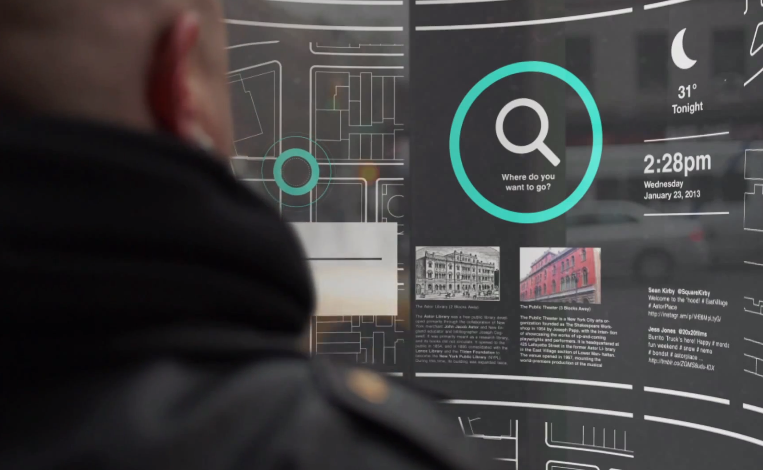What happens when a country loses its Net Neutrality?

What happens when a country loses its Open Free Internet?
In January 2011, Egyptian activists, inspired by a successful uprising in Tunisia, began organizing a demonstration using Facebook. In a matter of days, thousands of protesters – who learned about the event through the social media platform – gathered in Cairo’s Tahrir Square to protest the longstanding Mubarak regime.
Then, in an attempt to quash civil unrest, the Egyptian government soon took the bold step of cutting off the country’s internet access. As the size of protests swelled from thousands to millions of people, the Mubarak regime quickly realized their mistake: never cut off a millennial’s internet access.
Mubarak was ultimately forced to resign after just 18 days of massive protests, but in that time Egypt’s Arab Spring demonstrated two major things: (1) the incredible organizing power of the internet, and (2) the how quickly a government could slam the door on the free flow of information.

The Egyptian government was able to quickly and effectively shut down the choke points that connect its citizens to the outside world. Etisalat, for example, is a centrally located routing system that could see up to 58% of Egypt’s IP addresses.
In other words, Mubarak was essentially able to blockade every website in the world by making a few simple phone calls.
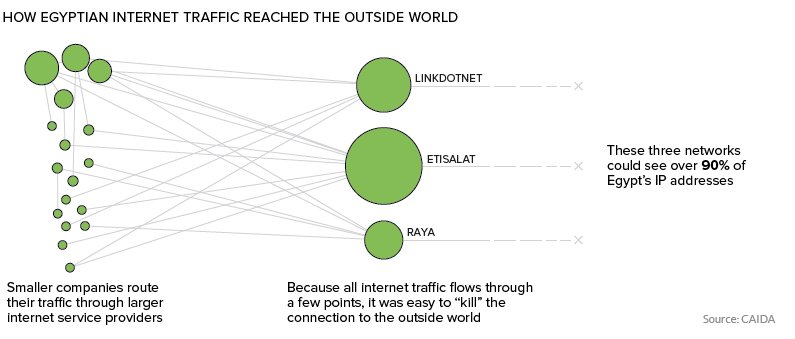
Egypt’s dramatic internet shutdown became a new template for other precarious regimes, but also sparked a broader global conversation around online censorship.
Today’s infographic comes to us from Visual Capitalist and it provides a detailed look at varying levels of internet censorship around the world today.

InfoGraphic by Visual Capitalist














